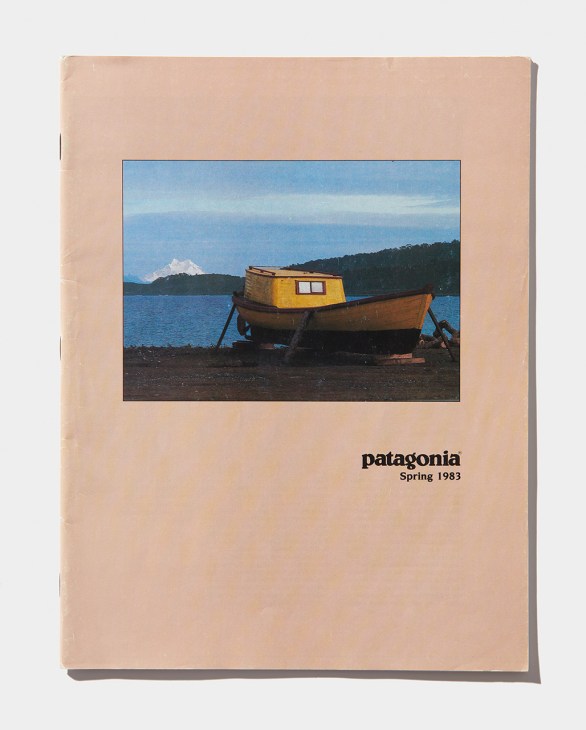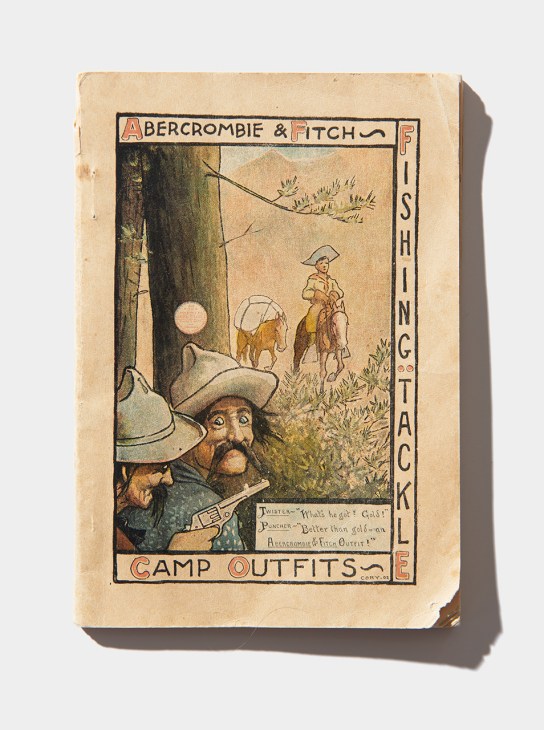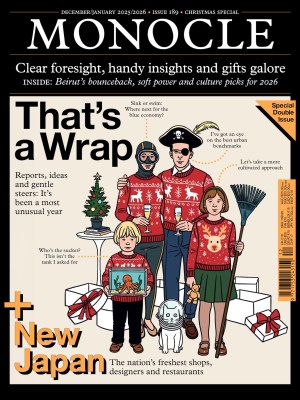A tour around the Outdoor Recreation Archive, an institution preserving the history of outdoor retail
The expansive design repository at Utah State University holds more than 10,000 items that chart the development of outdoor equipment – tracing a line from today’s designers back to innovators of the past.
Visitors flocking to Arctic destinations will spend a pretty penny this winter to bunk down in geodesic domes or glass igloos for a chance to glimpse the northern lights. Others will strap on cross-country skis and snowshoes, while wrapping up in high-performance jackets and trousers to explore the vast frozen landscapes.
The accommodation and equipment required for such leisure pursuits, which are popular today, have their roots in the mid-20th century, when the modern outdoor recreation sector began to take shape. From the 1950s to the 1970s, companies producing outdoor apparel and gear were in their infancy – a cottage-like industry flourishing in garages and workshops.
Innovators included Chouinard Equipment (the precursor to Patagonia) and independent designers such as Charles William (Bill) Moss. The latter began his career at Ford Motor Company and sketched prototypes of car-mounted tents. In 1975 he established Moss Tent Works to make his ideas a reality; his Stargazer II tent has since ended up in the permanent collection of New York’s Museum of Modern Art.

Sketches of this model and the rest of Moss’s papers are among the more than 10,000 items in the Outdoor Recreation Archive – the world’s leading repository of catalogues, sketches, journals, photographs, correspondence and other material related to the outdoor industry. Ideas that were ahead of their time are a common sight in the archive, which is housed at the Utah State University library and intended as a teaching tool for the institution’s Outdoor Product Design and Development programme.
“These early designers envisioned many people participating in the outdoors but some of their ideas failed because they just didn’t have the audience at the time,” Clint Pumphrey, co-creator of the Outdoor Recreation Archive, tells Monocle when we visit, with hundreds of colourful catalogues and sketches arrayed around us on tables. “That’s why we are such an important research resource. Our students will be the ones who will design products and push the industry in the next generation.”
Established in 2017, the archive began as a physical collection of print material before eventually being scanned and transformed into an online material inventory; its popularity, however, boomed when images of its collection were first shared on social media. Highlights include early 1970s photoshoots for US-based company Coleman that look like something out of a Wes Anderson film, attracting a following in cities from London to Los Angeles, Paris to Tokyo.
Soon a global cohort of fashion and design professionals were interested. Avery Trufelman, the host and producer of renowned design-focused radio shows 99% Invisible and Articles of Interest, was among those applying for research fellowships. But the archive’s evolution from an academic pursuit to an international creative resource shouldn’t come as a surprise. In the wake of fashion trends such as “gorpcore” – in which technical or utilitarian gear is worn as everyday streetwear – and the rise of outdoor recreation as a hobby, there’s a growing thirst to better understand the visual and design history of this sector.
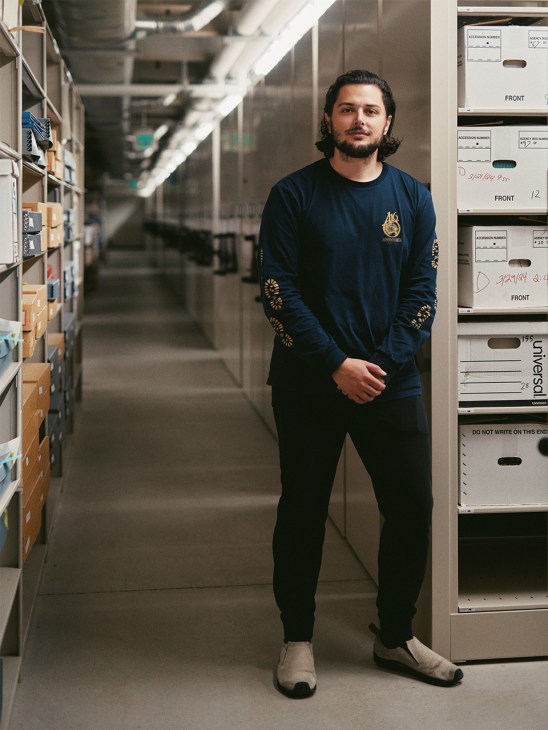
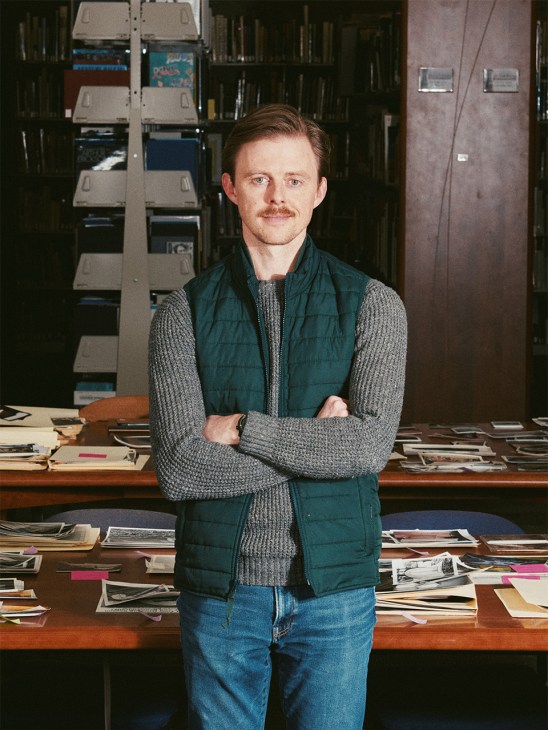
Despite this, global cachet is something to which the archive’s co-creator Chase Anderson, the industry relations manager for the outdoor design programme, is still adjusting. “When French customs ask about the purpose of our trip after we’ve flown in from Salt Lake City and our answer is Paris Fashion Week, they’re surprised,” says Anderson, referring to how his team is now invited to events where leading outdoor brands showcase their wares. “That’s not typically what an archivist says when they’re travelling.”
This resonance resulted in a busy 2025 for the team, who released a coffee-table book in June with images from 70 brands represented in the archive’s holdings. In October, it mounted exhibitions at the Westminster Menswear Archive in London and Munich’s Performance Days functional-fabrics fair, in conjunction with Shigeru Kaneko, the chief buyer of Japanese brand Beams Plus. A collector of vintage outdoor garments, Kaneko dedicated a section of his volume Outdoor Expedition Book 99 to the archive after visiting in 2021. “It’s the world’s finest outdoor resource room,” he said at the time, before inviting the archive team to Tokyo to present its work.
The archive’s growing popularity has encouraged more donations at a pivotal moment of reflection for the sector. “This industry is so focused on moving forward, newness, innovation and solving problems that it’s hard to look back,” says Anderson. “But with many of these founders ageing and companies hitting their 50th anniversaries, there’s an opportunity to ask questions such as, ‘What are the origins of this industry?’ and, ‘What made these companies successful?’”

One of the most coveted holdings at the archive covers the early days of The North Face. Founded by climbers in 1966 in San Francisco, the company was sold to Hap Klopp for $50,000 two years later. Typewritten accounting sheets reveal that the company lost money in its early days but Klopp’s business nous and the design acumen of former president Bruce Hamilton helped it to grow from a respected outdoor-equipment maker, while the new owners in the 1990s adopted youth culture to make the brand a high-street staple, with its puffer jackets becoming status symbols. Bought by VF Corporation in 2000, the brand is today valued at $3.7bn (€3.2bn).
The North Face’s chief design officer, Ebru Ercon, is a repeat visitor to the Outdoor Recreation Archive. She was recently here for the fifth time and has taken nearly 70 of her team to browse as part of an onboarding process, helping them to appreciate the challenges the brand faced in its early days. They can also read Hamilton’s letters from architect Buckminster Fuller, who vetted the company’s geodesic-shaped Oval Intention tent (1976), now held in the San Francisco Museum of Modern Art’s permanent collection. It’s a grounding experience for Ercon’s staff. “When you have Hamilton’s sketchbook in your hand, you feel differently about the brand,” she says. “You’re not being given a brief or fulfilling a task. You’re taking a baton from the past and moving forward.”

Ercon treats the archive visit as a structured exercise, asking her team members to reflect on how a certain item inspires them or to compare archival designs with current products. Her approach is similar to that of Utah State outdoor product design assistant professor Mark Larese-Casanova. Archival visits are a requirement for his students when they embark on a new design project and studying old catalogues is a fruitful form of research. Utah State students cut, knit, sew and stitch, and Larese-Casanova believes that the tangible printed matter reinforces the importance of hands-on education.
“Having the archive here as a resource helps to enable that style of learning,” he says. Students start the programme sketching on paper before they use styluses and tablets, so the archive is also valuable for overcoming any sense of inadequacy. For all their skills, lauded gear designers were fallible. “There are instances of famous designers, whose materials we have in the archive, where their drawing quality is not very good, which helps the students to overcome the fear of not being great at it,” he says. “Sketching is just about conveying ideas.”
The industry design and fashion talent that dives into the archive makes a point of visiting the classroom as well. On the day of Monocle’s visit, master knifemaker Tim Leatherman is giving a lecture; a few weeks earlier, Hap Klopp stopped by. These practitioners, in turn, are poised to make changes that will ripple throughout lookbooks, across retail displays – and on rugged peaks, with Ercon hinting that some of The North Face’s 2026 collection will draw inspiration from the archive. “There was a bolder and more courageous approach to what was happening in the past,” she says. “That’s what we’re trying to bring back.”
outdoorrecreationarchive.com
From behind-the-scenes photographs and raw sketches to era-defining posters and eye-opening catalogues, the archive’s collection is a time capsule of materials that spans generations.


In the picture
Among the collection are photos that evoke a family album, capturing many outdoor brands that are now multibillion-dollar enterprises in their infancy. Founders and innovators are shown tinkering in garages or mugging for the camera after a successful outing.
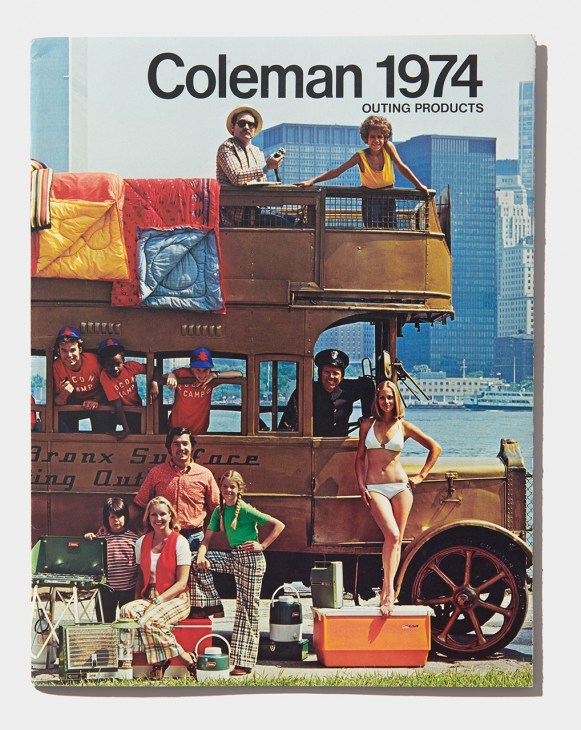
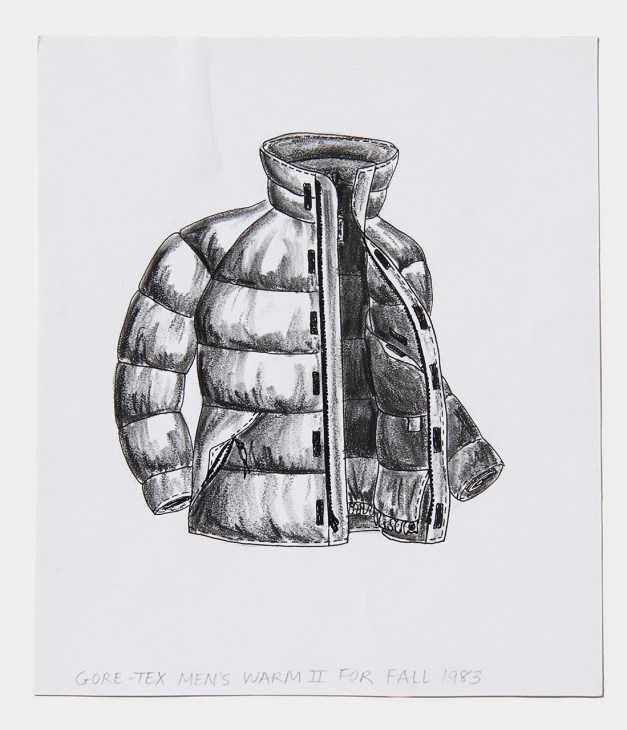
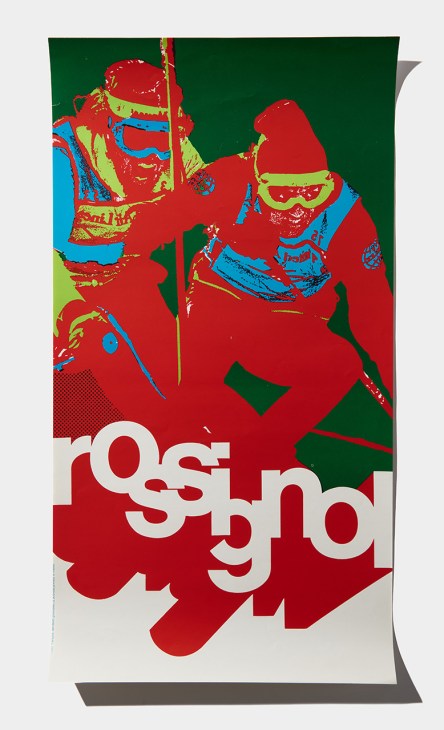
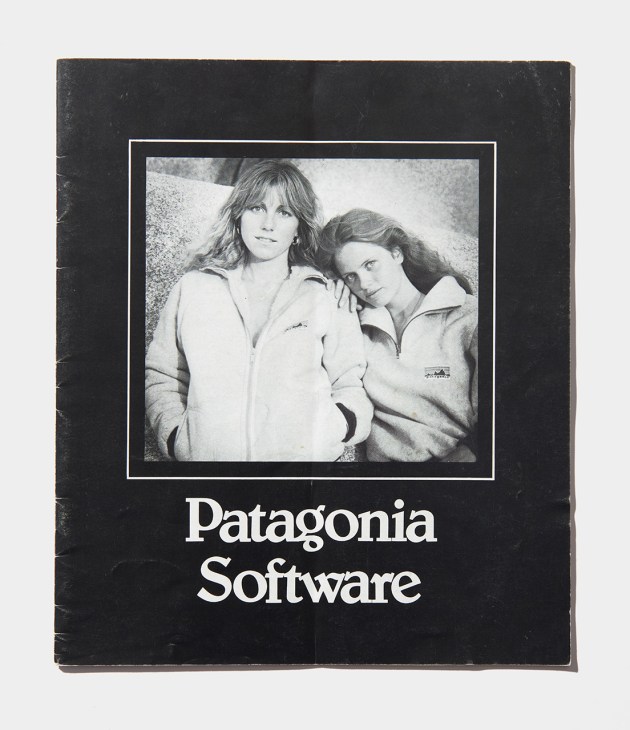


Page turners
Companies produced annual print catalogues that form a core component of the archive. How brands displayed their products, especially the outlandish and inventive approaches common in the 1970s, can come as a surprise amid today’s more cautious marketing approaches.


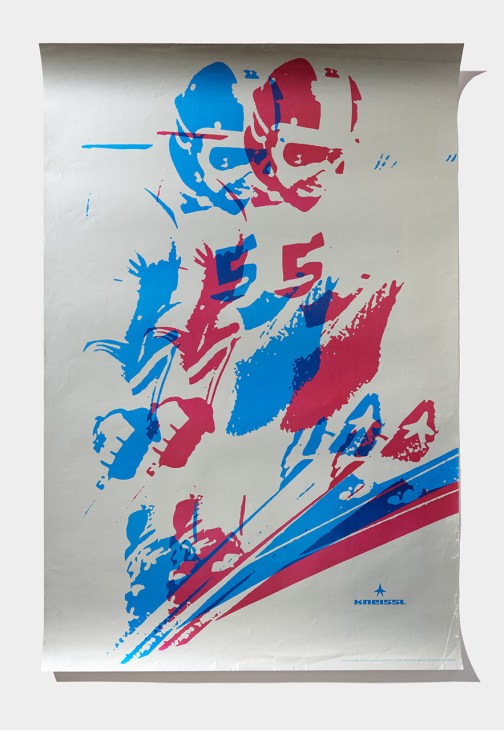
On the wall
The youthful adventurer’s bedroom or grungy gear shop was not complete without posters. Larger format than catalogues, they depict skiers and climbers in their element.

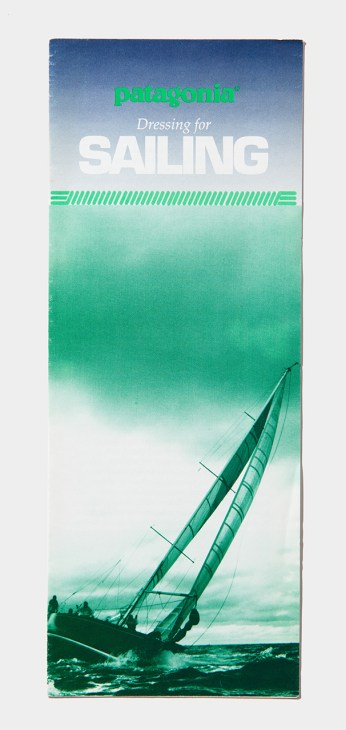
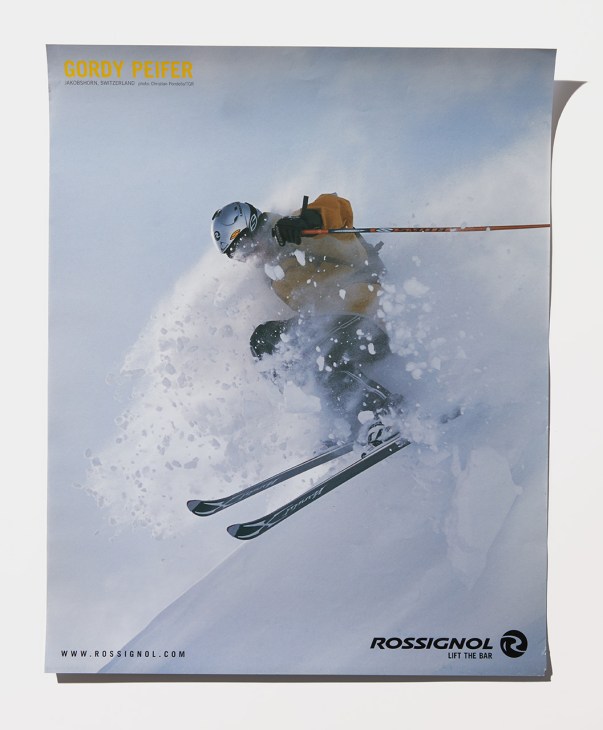
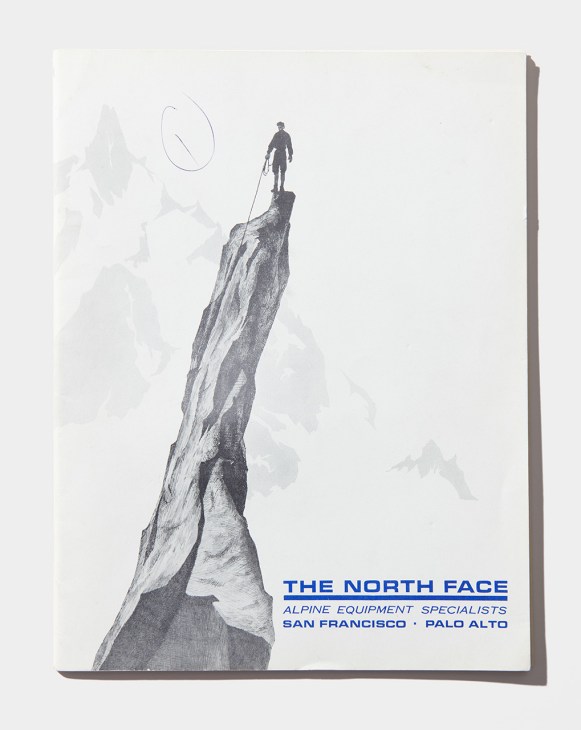
From mind to paper
The most intimate of the archive’s holdings are sketchbooks from some of the world’s top gear designers, including Bill Moss and The North Face’s Bruce Hamilton. These raw, unfiltered glimpses offer rare insights into their methods.
